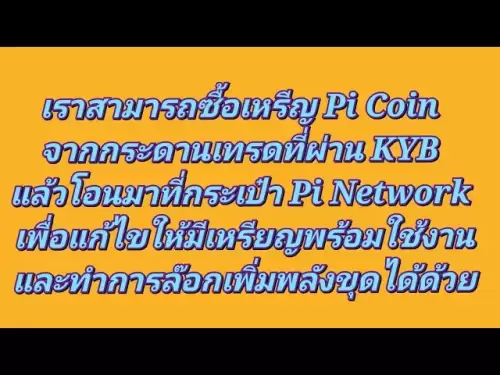 |
|
 |
|
 |
|
 |
|
 |
|
 |
|
 |
|
 |
|
 |
|
 |
|
 |
|
 |
|
 |
|
 |
|
 |
|
旨在將其複雜性降低到更接近比特幣的水平,同時保留其在可編程性和可擴展性方面的獨特優勢。

Ethereum co-founder Vitalik Buterin has called for a major simplification of the protocol, aiming to reduce its complexity to a level closer to Bitcoin’s while preserving its unique strengths in programmability and scalability.
以太坊聯合創始人Vitalik Buterin呼籲對協議進行重大簡化,旨在將其複雜性降低到更接近比特幣的水平,同時在可編程性和可擴展性方面保持其獨特的優勢。
In a blog post published Saturday, Buterin argued that Ethereum’s growing technical sprawl — from its consensus mechanisms to its virtual machine — has made it harder to maintain, audit, and onboard new developers.
在周六發表的博客文章中,布特林認為,以太坊不斷增長的技術蔓延(從共識機製到虛擬機制)使維護,審核和機上新開發人員變得更加困難。
He proposed a multi-year strategy to shrink Ethereum’s “consensus-critical” codebase and reduce the risk that the protocol becomes too technocratic and fragile.
他提出了一項多年戰略,以縮小以太坊的“關鍵共識”代碼庫,並降低協議變得過於技術官僚主義和脆弱的風險。
“Even a smart high school student is capable of fully wrapping their head around and understanding the Bitcoin protocol. A programmer can write a client as a hobby project,” Buterin wrote.
“即使是聰明的高中生也能夠完全纏繞自己的頭並了解比特幣協議。程序員可以將客戶寫為愛好項目,” Buterin寫道。
High complexity
高複雜性
Ethereum’s base layer has become increasingly complex due to feature additions, new consensus designs, and legacy code requirements. While this has enabled powerful use cases like smart contracts and zero-knowledge proofs, it has also increased the risk of bugs, made protocol upgrades harder, and raised the barrier for new developers.
由於添加功能,新的共識設計和舊版代碼要求,以太坊的基礎層變得越來越複雜。儘管這使得諸如智能合約和零知識證明之類的強大用例,但它還增加了錯誤的風險,制定協議升級更大,並為新開發人員提高了障礙。
In contrast, bitcoin’s core protocol remains relatively unchanged and minimal: blocks, transactions, proof-of-work, and coin outputs.
相比之下,比特幣的核心協議保持相對不變且最少:塊,交易,工作證明和硬幣輸出。
Area of simplification proposed by Buterin includes an overhaul of Ethereum’s current consensus layer (the “beacon chain”), which involves complex mechanics like epochs, slot shuffling, and sync committees.
Buterin提出的簡化領域包括對以太坊當前共識層(“信標鏈”)的大修,該層涉及復雜的機械師,例如時期,插槽洗牌和同步委員會。
Another is patching the Ethereum Virtual Machine (EVM) incrementally, but eventually replacing it entirely with a simpler virtual machine like RISC-V. This lightweight, open standard could bring performance boosts for zero-knowledge provers and drastically reduce code complexity.
另一個是通過逐步修補以太坊虛擬機(EVM),但最終將其完全替換為像RISC-V這樣的簡單虛擬機。這種輕巧的開放標準可以為零知識掠奪者帶來績效提高,並大大降低代碼複雜性。
However, one of the main challenges is preserving backwards compatibility with existing Ethereum applications.
但是,主要挑戰之一是將與現有以太坊應用程序的向後兼容。
Buterin outlined a phased approach where the current EVM and the new VM could run side-by-side, and legacy functionality could be moved into “non-consensus” layers.
Buterin概述了一個分階段的方法,其中當前的EVM和新的VM可以並排運行,並且可以將遺產功能轉移到“非共識”層中。
免責聲明:info@kdj.com
所提供的資訊並非交易建議。 kDJ.com對任何基於本文提供的資訊進行的投資不承擔任何責任。加密貨幣波動性較大,建議您充分研究後謹慎投資!
如果您認為本網站使用的內容侵犯了您的版權,請立即聯絡我們(info@kdj.com),我們將及時刪除。





























































